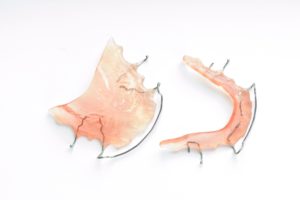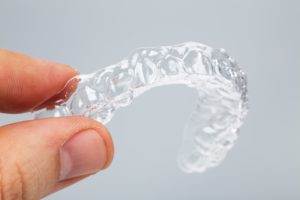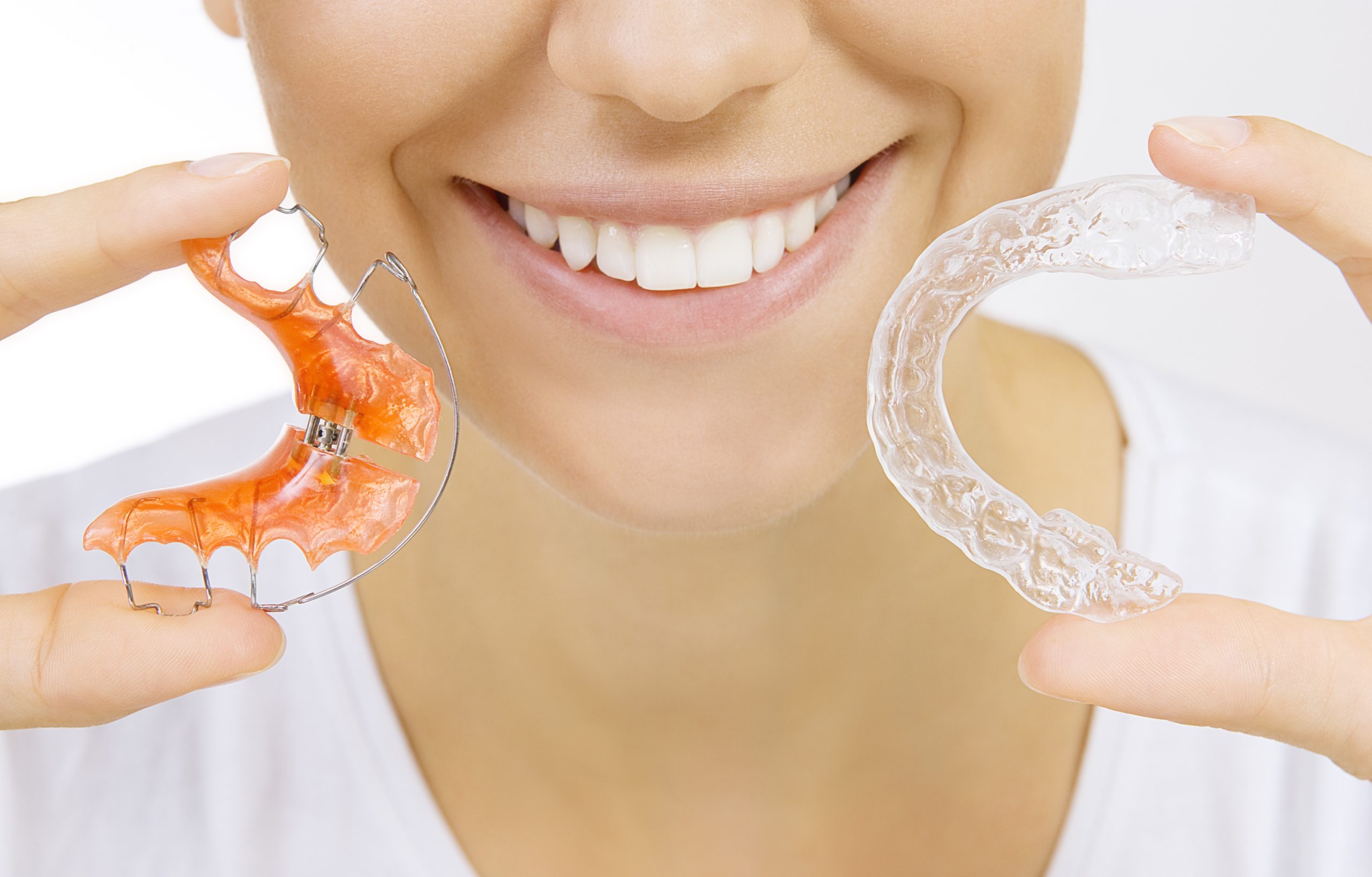Congratulations! You’ve successfully completed the hardest part of your orthodontic treatment, and you are finally out of braces or Invisalign aligners. You deserve to celebrate and show off your new smile, but while your mouth is experiencing a lot more freedom, your treatment isn’t completely over. It’s time to talk retainers!
You’ve probably heard it here at Dillehay Orthodontics over and over again – retainers play an essential role in your orthodontic treatment. Teeth have a natural tendency to drift back towards their original positions after treatment is complete, a phenomenon referred to as “relapse.” Retainers help prevent this relapse by holding your teeth in the more desirable positions they were moved to with your braces or aligners.
It’s sadly pretty common for patients to not follow through with wearing their retainer properly, resulting in their teeth shifting back. This wastes all the time, hard work, and money that was originally spent to straighten them, and that’s before you even take into account choosing to go through braces or Invisalign treatment a second time to fix the relapse!
The good news is, this can easily be avoided by wearing your retainer as directed. But first you’ll need to know what kind of retainer will work best for your smile, and your lifestyle. Let’s take a look at the different retainers available, and see how they can keep your teeth on the straight and narrow.
Types of retainers
Like orthodontic appliances, there are both fixed and removable retainers. Learning a bit more about each one can help you see what they have to offer, and being informed will further underline why retainers, whether fixed or removable, are such an important part of your orthodontic treatment.
Removable retainers
The two most common types of removable retainers are the Hawley and Essix retainers. Both types of retainers are custom designed to specifically fit your mouth by using dental molds that are taken following treatment.
Hawley retainers
 The Hawley appliance is actually one of the oldest and most commonly used retainers. Made of stainless steel, these retainers are kept in place by a wire wrapping around your teeth combined with an acrylic arch that rests against the roof of your mouth. You’ll likely be encouraged to wear it close to full-time at first, but after a few months, we’ll be able to reduce the amount of wear you’ll need in order to keep your teeth in place.
The Hawley appliance is actually one of the oldest and most commonly used retainers. Made of stainless steel, these retainers are kept in place by a wire wrapping around your teeth combined with an acrylic arch that rests against the roof of your mouth. You’ll likely be encouraged to wear it close to full-time at first, but after a few months, we’ll be able to reduce the amount of wear you’ll need in order to keep your teeth in place.
Caring for your Hawley retainer
This is a fairly fragile appliance, and you’ll need to take good care of it in order to successfully retain your smile. A new retainer can take a week or more to remake, and every day without it runs the risk of setting your progress back. To properly care for your retainer, you should:
- clean it daily to remove bacteria and food debris
- keep it away from heat or hot water
- store it in its case when you’re not wearing it
Cleaning your Hawley retainer
Cleaning your retainer is as simple as cleaning your teeth! Brush it gently with toothpaste and a soft-bristled toothbrush. You can also soak it in denture cleaner a few times per week to freshen it up and kill any germs that may be sitting in the grooves of the mold.
Essix retainers
 Essix retainers are very similar to the Invisalign system aligners. Made entirely of transparent plastic, they’re far less noticeable than traditional wire retainers, and because you can take them out when brushing and flossing, they encourage an excellent dental hygiene routine. Unlike some wire retainers, Essix retainers cover the entire arch of the teeth, but they’re like the Hawley in that each one is molded to the unique shape of your mouth.
Essix retainers are very similar to the Invisalign system aligners. Made entirely of transparent plastic, they’re far less noticeable than traditional wire retainers, and because you can take them out when brushing and flossing, they encourage an excellent dental hygiene routine. Unlike some wire retainers, Essix retainers cover the entire arch of the teeth, but they’re like the Hawley in that each one is molded to the unique shape of your mouth.
For the first few months, you will likely be instructed to wear your Essix retainer constantly, only taking it out to eat and clean them. After that, you’ll be encouraged to wear them every night indefinitely.
Caring for your Essix retainer
With consistent wear, and consistent care, an Essix retainer should last the entire length of your treatment. When caring for your retainer, you should:
- rinse the retainer in cold water every time you take it out and before you put it back in
- store the retainer in a plastic case whenever you aren’t wearing it
- brush the retainer after each meal with cool or lukewarm water and a soft toothbrush
- never put the retainer in hot water, since the heat can shrink it
- wash the retainer with a specialized cleaner once every few months
Fixed retainers
Also known as permanent or bonded retainers, this type of retainer is usually a thin wire worn across the back of the lower or upper front teeth, which is then bonded in place with cement. This type of wire stretches across several teeth, so your oral hygiene routine will be similar to when you were wearing braces, including using a floss threader or water pik to clean the spaces in between the teeth thoroughly. Although a fixed retainer is slightly more work, it often has the best outcome since the bonded wire will hold the newly straightened teeth in perfect formation constantly.
A fixed retainer can be a helpful option for patients who have or have had a large space between the upper front two teeth. After orthodontic treatment is finished, and the space is completely closed, a fixed retainer can be used to keep the space closed. Whether the retainer is on the upper teeth, lower teeth, or both, it’s a simple procedure.
In some special situations, it may be necessary for us to use both permanent and removable retainers together to ensure a relapse doesn’t occur.
Explore your options with Dillehay Orthodontics
Here at Dillehay Orthodontics, we’re dedicated to finding the right orthodontic treatment for your smile and your lifestyle, including the type of retainer most appropriate for your particular case. If your braces will be coming off soon, or you’ve just completed the braces or Invisalign portion of your treatment and are ready to move on to retainers, please get in touch with one of our many conveniently located Wichita offices today. We’re here to give you the kind of smile that lasts a lifetime!
